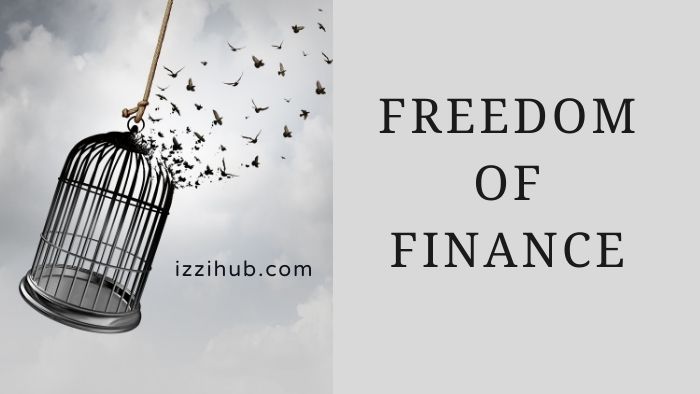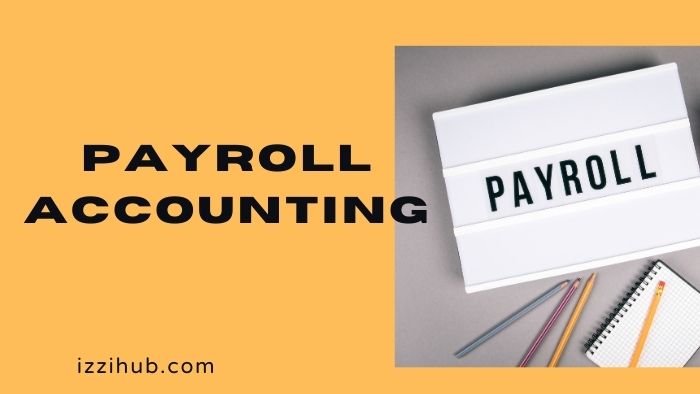Freedom of Finance
Who hasn’t wished of winning the lottery and taking home millions of dollars to buy that new luxury car, a nice beachfront house, or maybe finally go to that family dream vacation? It’s really wonderful to imagine that you have the financial resources you need to have a good, comfortable life. It’s everybody’s goal to have financial freedom and be able to do what they want without worrying about money and where they’ll get it.
However, simply raking in millions from lottery winnings doesn’t guarantee that you’ve made for life. You still need to have a good spending and saving habit and follow a sound personal finance management plan in order to make your money work for you.
With that said, the question now is what is real financial freedom and how do we achieve it? Most financial experts and family financial planning books and articles would define financial freedom as having a continuous flow of money or income in your bank account, eliminating the need for you to put in hours and painstakingly work every day of your life. This is referred to as “passive income”, or money that works for you, instead of you “actively” working for it.
Achieving passive income is possible through investments that you make early on while you’re young and have a full capacity to work and earn. As you know, as we get older, our ability to earn also decreases since we might not be as physically strong and healthy to do more work. That’s why retirement planning, healthcare insurance, and building a “nest egg” are all important financial matters we should deal with as early as possible so that whatever extra money we make or have can be placed in wise investments to create that passive income that will then lead to our true financial freedom.
Before diving into various personal finance workshops, seminars, or consulting with a financial adviser to start creating passive income, there are some important steps to financial freedom that we should do now, in the present, to make sure we get to follow a good path into creating that passive income in the future.
These are:
- Get out of Debt
- Create an “emergency fund” in your bank account equivalent to 2 months of your monthly household and personal budget.
- Set aside another fund equivalent to 6 months of your income. This will be your “long-term” savings that you can invest in higher-yielding investments.
- After building up your emergency and long-term fund, you can now start creating passive income by looking at real estate investments, retirement plans or options, and other speculative stocks and high risk investments. Just a word of caution: don’t go into any investment that you do not fully understand or promises too high of a return or interest. Chances are you’re going to lose money and regret it in the future.


